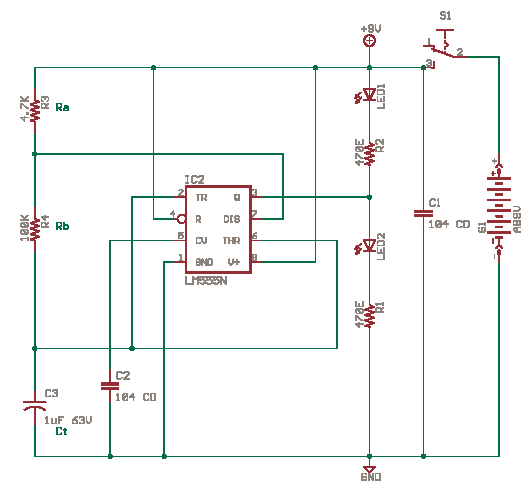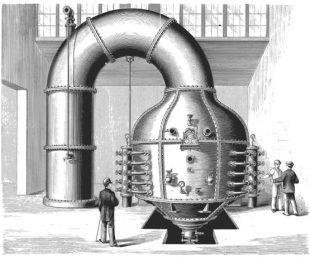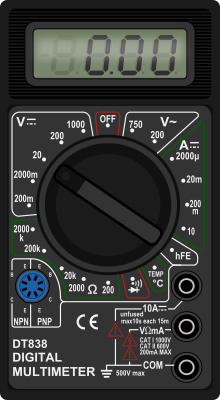Astable Multivibrator with 555 Timer

This is a demo of the popular 555 timer. you can try out the project on this page by a javascript simulation. Press the Red button below to turn on the circuit press it again to turn off. The 555 can source (LED2) or Sink (LED1) upto 200mA. It can even drive a small motor or lamp with diodes added to protect from inductive kickback.Vary Ra, Rb and Ct with the controls given and see the change of frequency, period and duty cycle.
This is a tutorial with calculator to help learn the application of 555 which is a very rare chip innovation. It is simple, versatile, flexible and programmable (by tweaking of pots).
Astable 555 Timer Flasher – Interactive demo
The 555 Astable oscillator gives a square wave output at pin 3, The output drives two LEDs, LED1 lights up when pin 3 is low and LED2 when pin 3 is high.
The 555 can source (LED2) or Sink (LED1) upto 200mA. It can even drive a small motor or lamp with diodes added to protect from inductive kickback. Vary Ra, Rb and Ct and see the change of frequency, period and duty cycle.

These are the formulae used by 555 .
T1 = 0.693 (Ra + Rb) * Ct charge time of Ct
T2 = 0.693 (Rb * Ct) discharge time of Ct
T = T1 + T 2 total period in seconds
F = 1 / T = 1.44 / ((Ra + (2 * Rb)) * Ct) Frequency in Hertz
D = T 2 / T duty cycle, multiply by 100 to get %.
Ct in farads and Ra-Rb in ohms.
The max power dissipation of 555 is 700mW so overload of more than 200mA will damage the device, connecting the battery in the reverse or wrong polarity will also damage device, ensure also Ra and Rb do not go less than 2.2K (use 4.7K minimum) as it may damage the discharge transistor at pin 7. The supply voltage can go upto 18V. For CMOS 555 like 7555 see the datasheet they are different.













